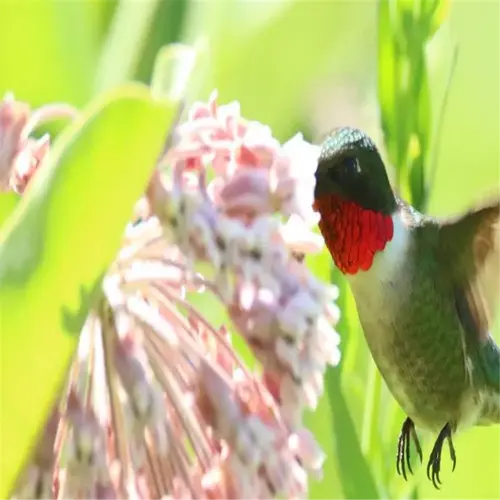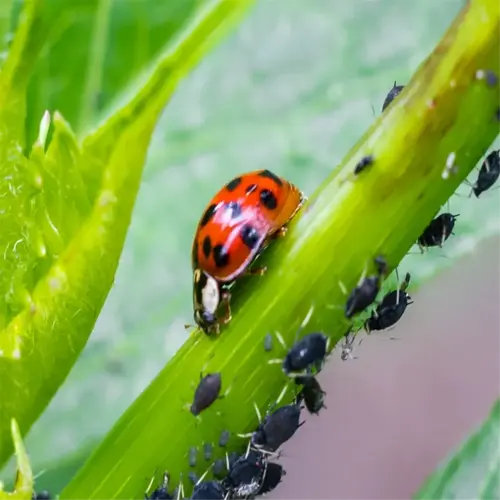Does neem oil interact negatively with other products?

Written by
Paul Reynolds
Reviewed by
Prof. Charles Hartman, Ph.D.Neem oil interactions need to be considered to prevent plant damage or reduced effectiveness. When combining neem oil with products that are not compatible, it has the potential to cause phytotoxicity and thus negate the benefits of neem. I learned this the hard way! After I used a mixture of neem oil and a sulfur spray as instructed in a PDF, my client's tomato plants turned from green to yellow overnight! Again, I learned by experience, and it wasn't a cheap lesson.
Chemical Conflicts
- Sulfur-based pesticides form toxic compounds within 24 hours
- Ammonium nitrate fertilizers accelerate neem degradation
- Test mixtures on 2-3 leaves before full application
Essential Oil Blending
- Oregano/clove oils increase skin irritation risks by 60%
- Peppermint oil maintains stability below 5% concentration
- Store blended solutions in amber glass for ≤3 days
Storage conditions can substantially alter risks of interaction. Neem combined with citrus oils is unstable above 75°F (24°C), and rapidly degrades while forming harmful peroxides. Solutions containing combinations should always be stored in dark glass bottles. This is critical because even newer plastic spray containers have been known to leach chemicals that destabilize azadirachtin, as I learned from a failed basil preservation experiment with neem oil.
When testing new mixtures, always keep treatment zones isolated for a full 72 hours. This will help avoid cross-contamination between compatible/incompatible products. I have had great success with my rose garden by keeping neem and synthetic fertilizers separate in use and by using sprayers that are labeled in distinct colors so there is no error in mixing the two.
Read the full article: 10 Versatile Neem Oil Uses for Home & Health

